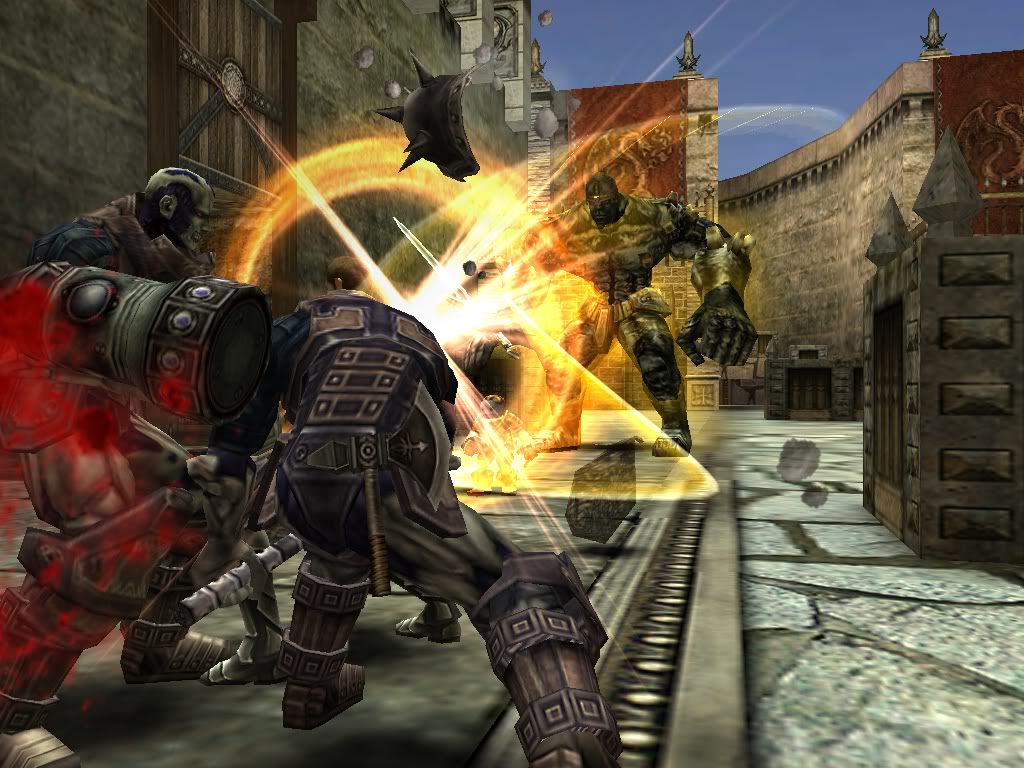
"the Chinese in Singapore were regarded as anti-Japanese even before the Japanese military landed."
the purge was planned before Japanese troops landed in Singapore. The military government section of the 25th Army had already drawn up a plan entitled, "Implementation Guideline for Manipulating Overseas Chinese" on or around 28 December 1941. This guideline stated that anyone who failed to obey or cooperate with the occupation authorities should be eliminated. It is clear that the headquarters of the 25th Army had decided on a harsh policy toward the Chinese population of Singapore and Malaya from the beginning of the war. According to Onishi Satoru, the Kempeitai officer in charge of the Jalan Besar screening centre, Kempeitai commander Oishi Masayuki was instructed by the chief of staff, Suzuki Sosaku, at Keluang, Johor, to prepare for a purge following the capture of Singapore. Although the exact date of this instruction is not known, the Army headquarters was stationed in Keluang from 28 January to 4 February 1942. Clearly, then, the Singapore Massacre was not the conduct of a few evil people, but was consistent with approaches honed and applied in the course of a long period of Japanese aggression against China and subsequently applied to other Asian countries. To sum up the points developed above, the Japanese military, in particular the 25th Army, made use of the purge to remove prospective anti-Japanese elements and to threaten local Chinese and others in order to swiftly impose military administration.
Target Group
- Activists in the China Relief Fund
- Wealthy men who had contributed generously to the China Relief Fund
- Adherents of Tan Kah Kee, leader of the Nanyang National Salvation Movement
- Hainan people, perceived to be communists
- China-born Chinese who came to Malaya after the Second Sino-Japanese War
- Men with tattoos, perceived to be triad members
- Chinese who joined the Singapore Overseas Chinese Anti-Japanese Volunteer Army
- Civil servants and those who were likely to sympathise with the British, such as the Justices of the Peace, and members of the Legislative Council
- People who possessed weapons and were likely to disrupt public security
Execution
There were several sites for the killings, the most notable ones being Changi Beach, Punggol Beach and Sentosa (or Pulau Blakang Mati). The Punggol Beach Massacre saw about 300 to 400 Chinese shot at Punggol Beach on 28 February 1942 by the Hojo Kempei firing squad. The victims were some of the 1,000 Chinese males detained by the Japanese after a door-to-door search along Upper Serangoon Road. Several of these men had tattoos, a sign that they could be triad members.The current Changi Beach Park was the site of one of the most brutal killings in Singaporean history. On 20 February 1942, 66 Chinese males were lined up along the edge of the sea and shot by the military police. The beach was the first of the killing sites of the Sook Ching massacre, with another one at Tanah Merah. Another site was Berhala Reping at Sentosa Beach (now Serapong Golf Course after land reclamation). Surrendered British gunners awaiting Japanese internment buried some 300 bullet-ridden corpses washed up on the shore of Sentosa. They were civilians who were transported from the docks at Tanjong Pagar to be killed at sea nearby.
In a quarterly newsletter, the National Heritage Board published the account of the life story of a survivor named Chia Chew Soo whose father, uncles, aunts, brothers and sisters were bayoneted one by one by Japanese soldiers in Simpang Village.
Death Toll
The figures of the death toll vary. Official Japanese statistics show fewer than 5,000 while the Singaporean Chinese community claims the numbers to be around 100,000. Lee Kuan Yew, Singapore's first prime minister, said in a Discovery Channel programme that the estimated death toll was, "Somewhere between 50,000 to 100,000 young men, Chinese".In an interview on 6 July 2009 with National Geographic, Lee said:
I was a Chinese male, tall and the Japanese were going for people like me because Singapore had been the centre for the collection of ethnic Chinese donations to Chongqing to fight the Japanese. So they were out to punish us. They slaughtered 70,000 - perhaps as high as 90,000 but verifiable numbers would be about 70,000. But for a stroke of fortune, I would have been one of them.I feel that the Japanese was merciless at killing and torturing people and their main target is chinese. and i cant imagine if i am in that situation i would open my door and see a Japanese soldier searching for chinese male to kill. it would be horrifying for me to see my father getting dragged out of the house and getting killed. Lee Kuan Yew is a very LUCKY survival as it would be so hard to escape from the killing of people that the Japanese did.
Source: http://en.wikipedia.org/wiki/Sook_Ching_massacre( Date Accessed:13 Feb 2013)

Dear Sirs,
ReplyDeleteI am interested in knowing the location of Simpang Village. I was informed that it was in Pasir Panjang. But exactly where please?
Thank you
Hock Yew